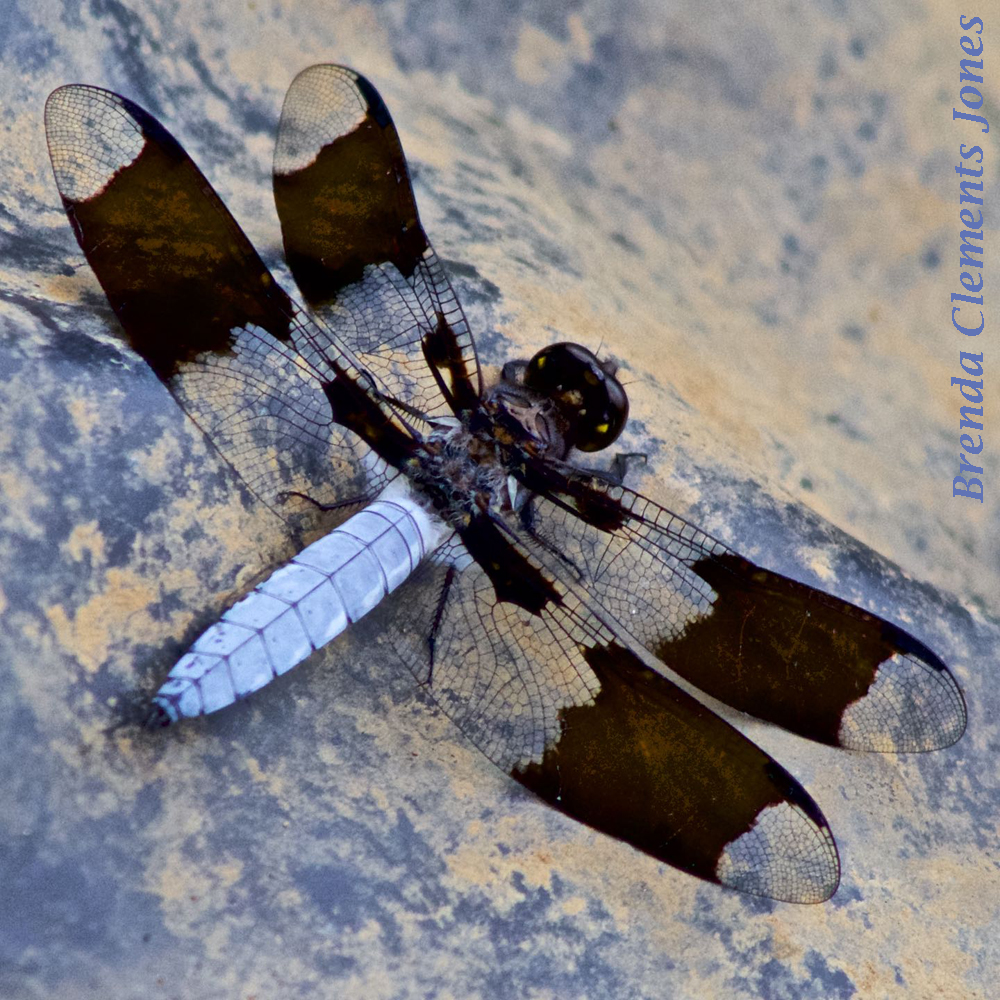-
Watching The Blueberry Crop
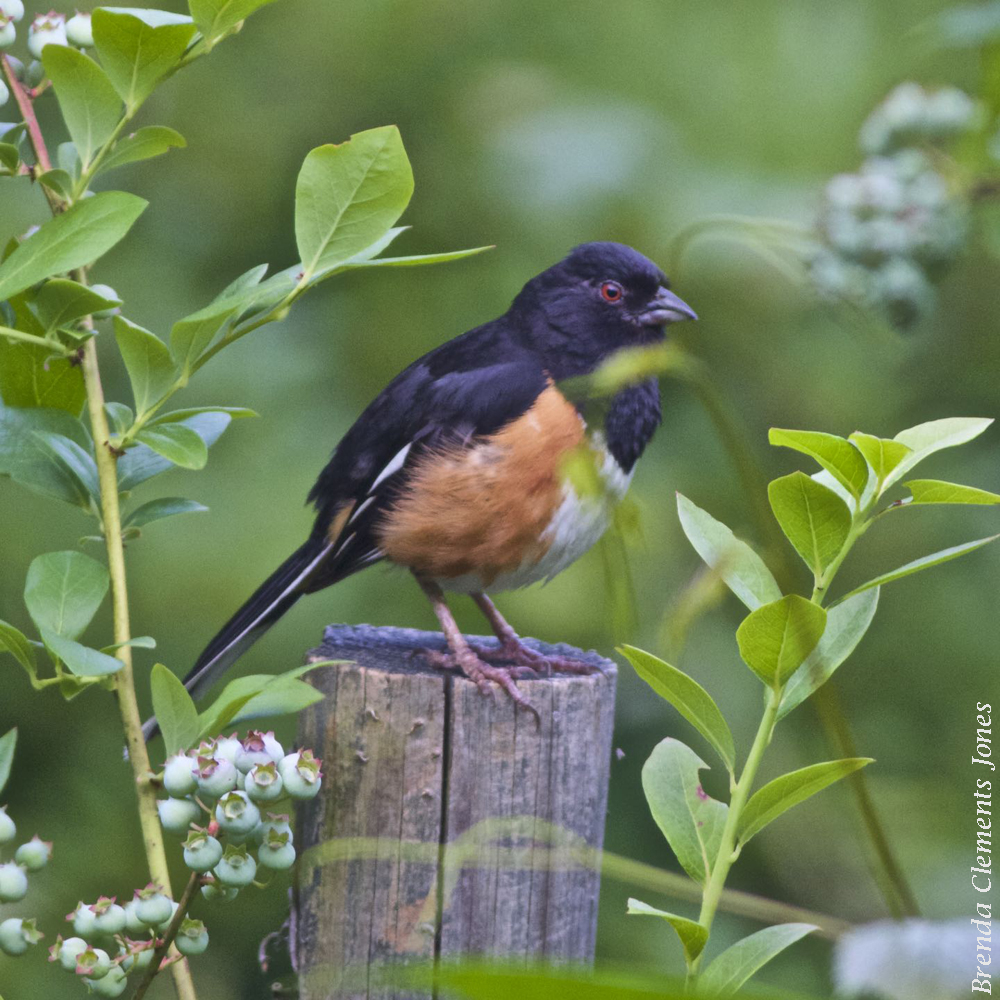
Eastern Towhee (Pipilo erythrophthalmus) Eastern Towhees are here in the mountains of central Virginia year round. Their diet is primarily insects, seeds and berries and during the summer they tend, of course, to eat more insects. True bugs, beetles, ants, caterpillars, moths, millipedes, spiders and snails are all on the menu. But there’s something special…
-
Christmas Trees
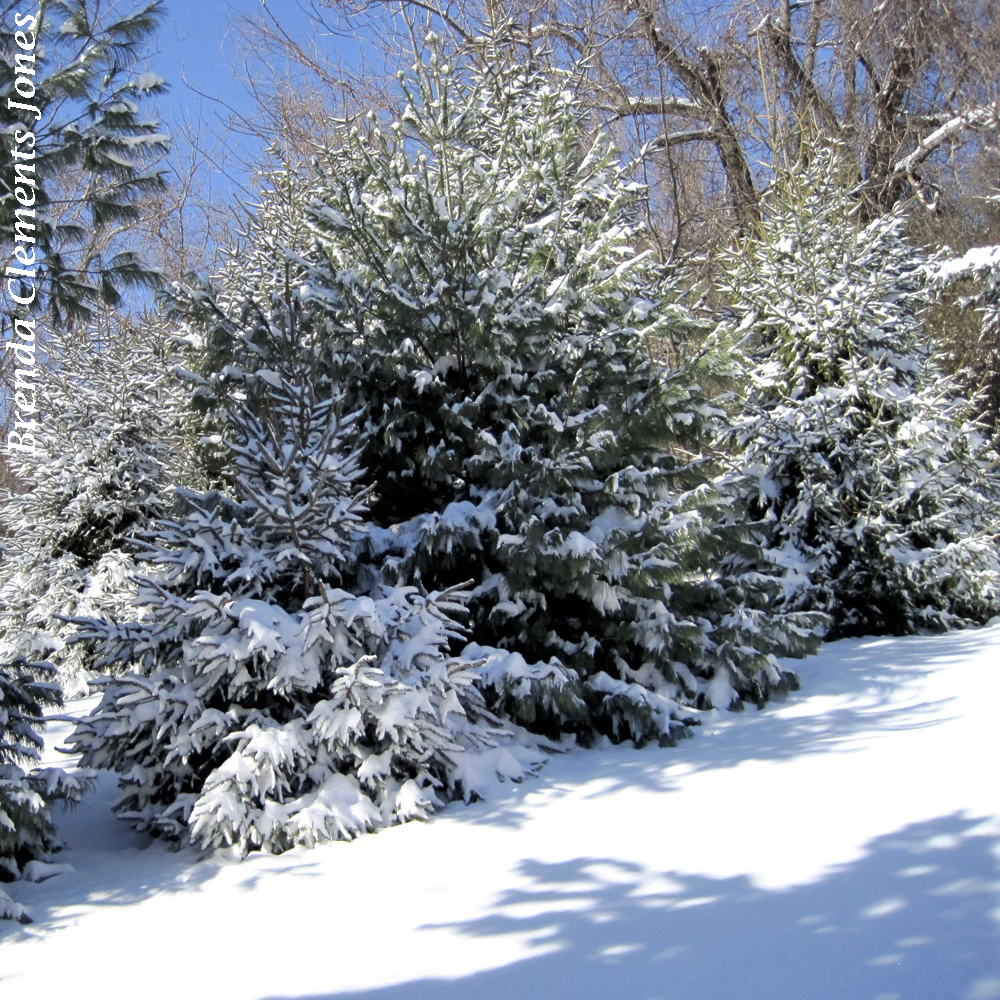
For more years than I can count we’ve grown Christmas trees in two large fields here, below the cabin. Trees that we’ve planted. Norway Spruce (Picea abies), White Pine (Pinus strobus), Scotch Pine (Pinus sylvestris), Concolor Fir (Abies concolor), and my absolute favorite Colorado Blue Spruce (Picea pungens). That Blue Spruce, needs care in handling,…
-
Winter Arrival of the Hermit Thrush
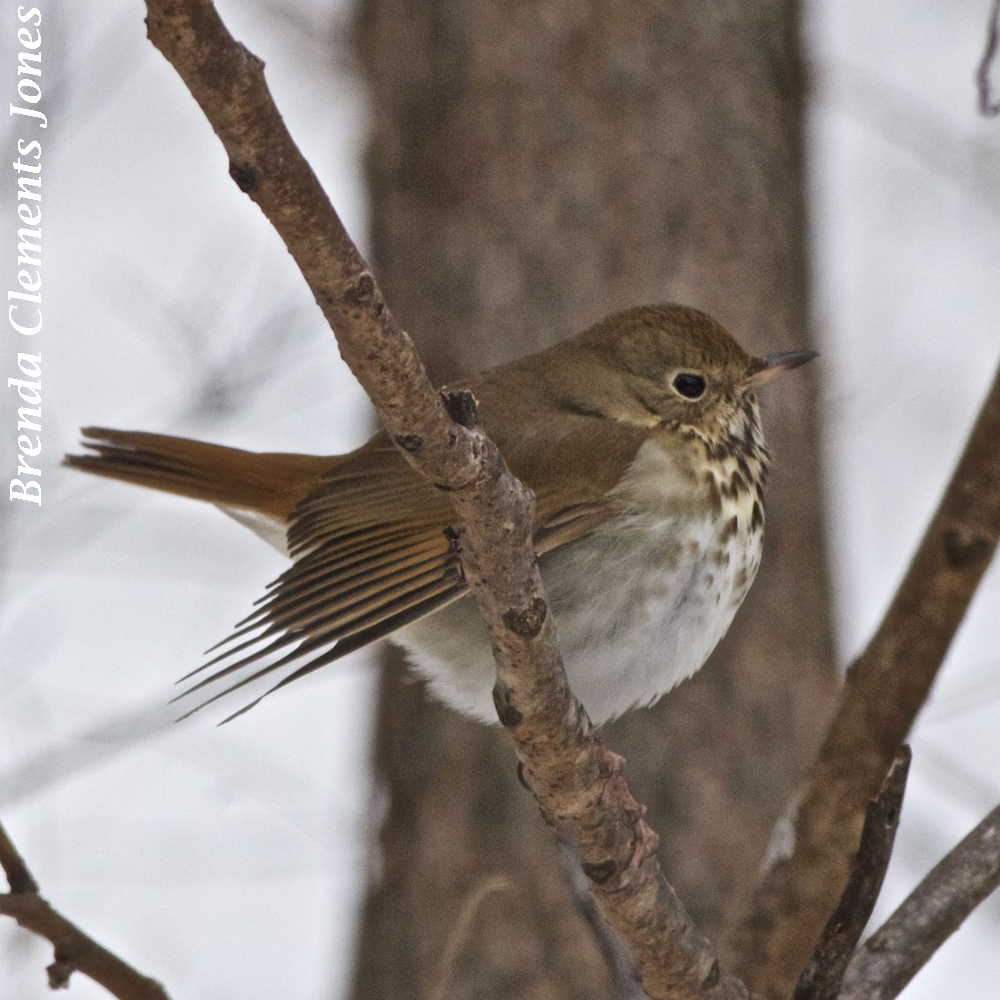
Seems every day I’m seeing another of my winter birds. This one, my treasured Hermit Thrush (Catharus guttatus). A medium sized bird with a magical, flutelike song which it doesn’t bring along on its winter visit. It saves those lovely notes for summer, choosing to blend in and not make too much of a noticeable…
-
Common Milkweed
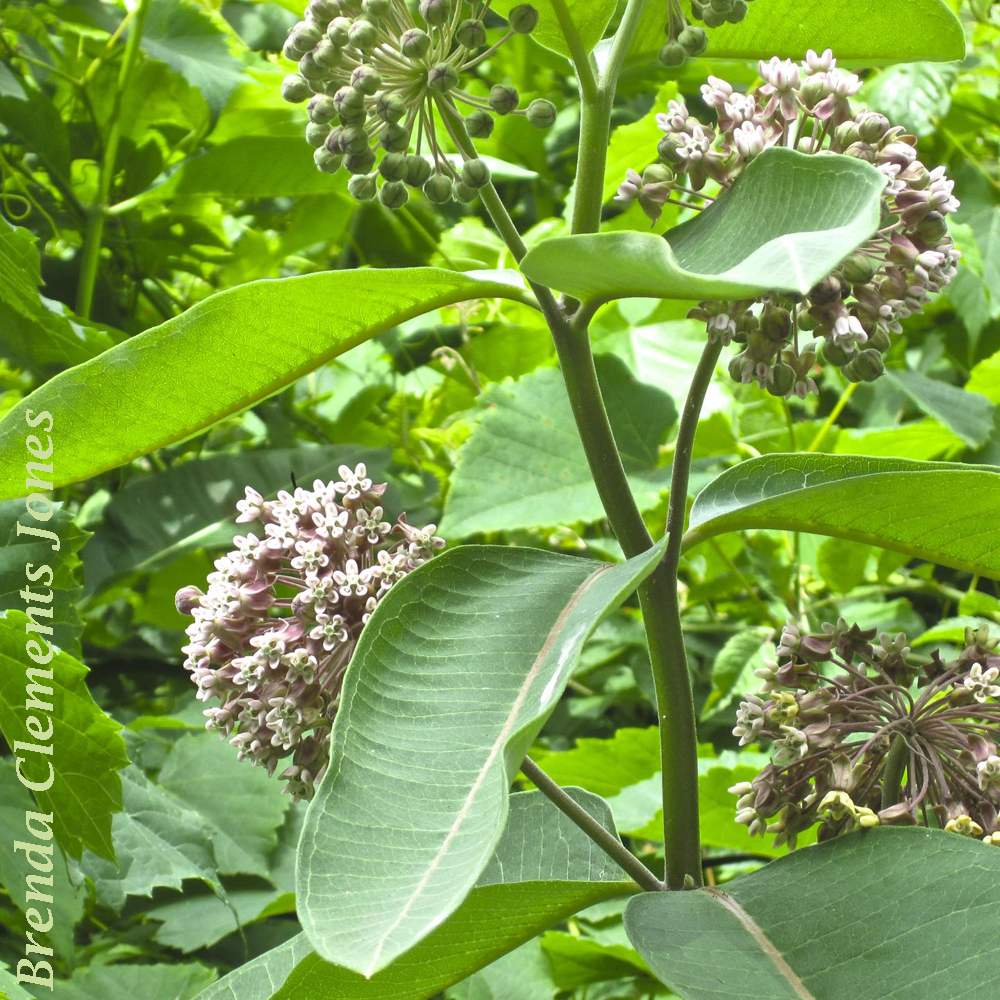
Within just a few weeks this is what Common Milkweed (Asclepias syriaca) will look like up here. It’s a great plant that benefits many insects. Flies, beetles, ants, bees, wasps, and butterflies will all gather ’round to join in the dinner buffet.
-
Eastern Fence Lizard
A cute little creature that I see climbing on the cinder block foundation of my cabin on occasion. An Eastern Fence Lizard (Sceloporus undulatus). With golden eyes that stare back at me wondering what I am. Fence Lizards grow to be between four, and seven and a quarter inches long. Usually females are gradations of…
-
Corydalis flavula Revisited
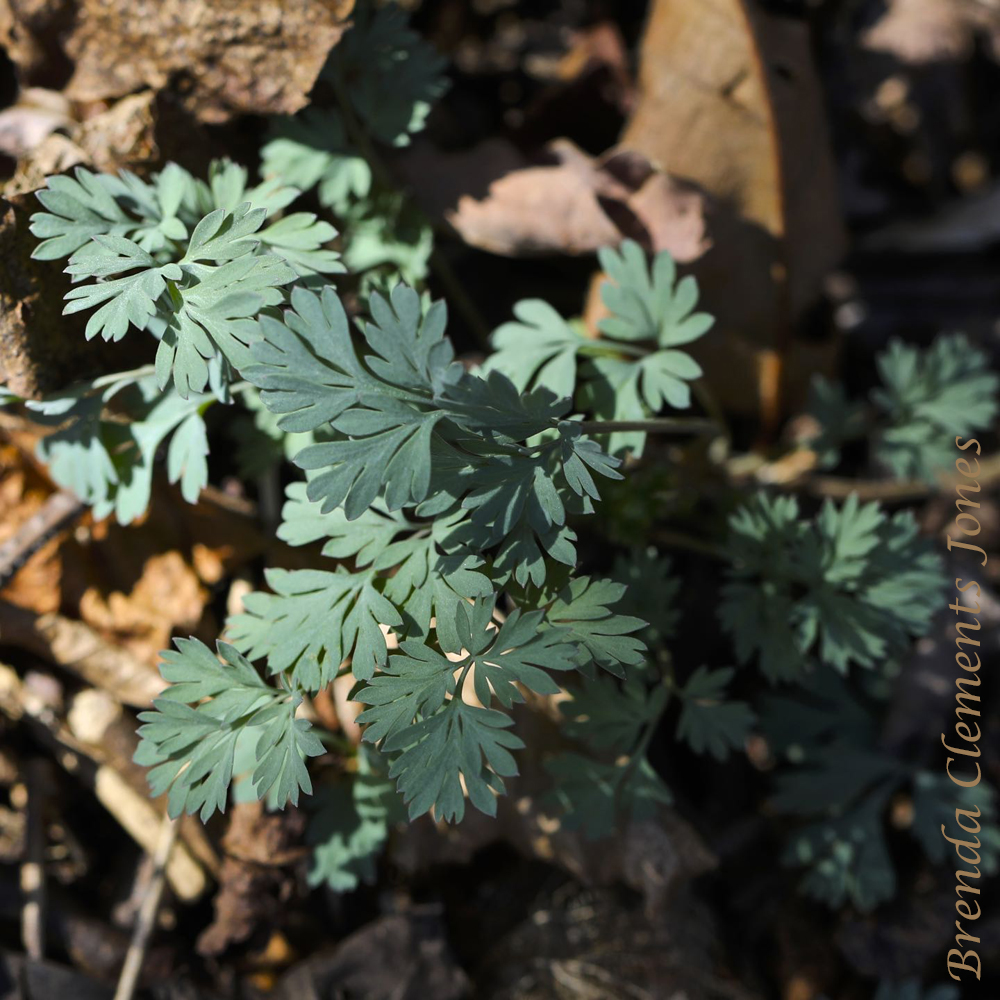
If you’ll bear with me, I’m going to start calling this plant by its scientific name largely because I had misidentified it and want to make it clear to me what it is. That’s why I’m reposting about this precious little plant. Getting things straight in my mind. A couple weeks ago as the earliest…
-
Wood Poppy Revisited
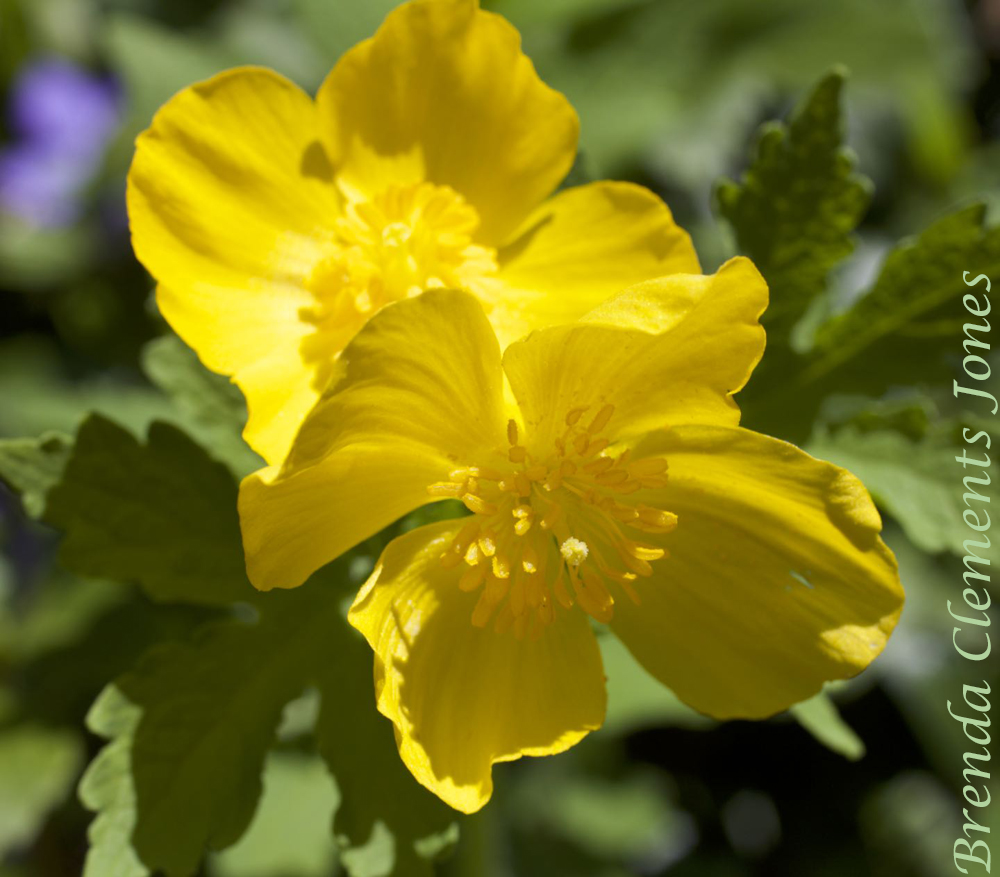
I’ve written about Wood Poppy (Stylophorum diphyllum) before but I enjoy the native flower with its happy yellow so much I’d like to tell you more about it. The deeply lobed green-blue leaves of Wood Poppy are poking up from the surface of the soil here in the Blue Ridge now, as the month of…
-
Bloodroot
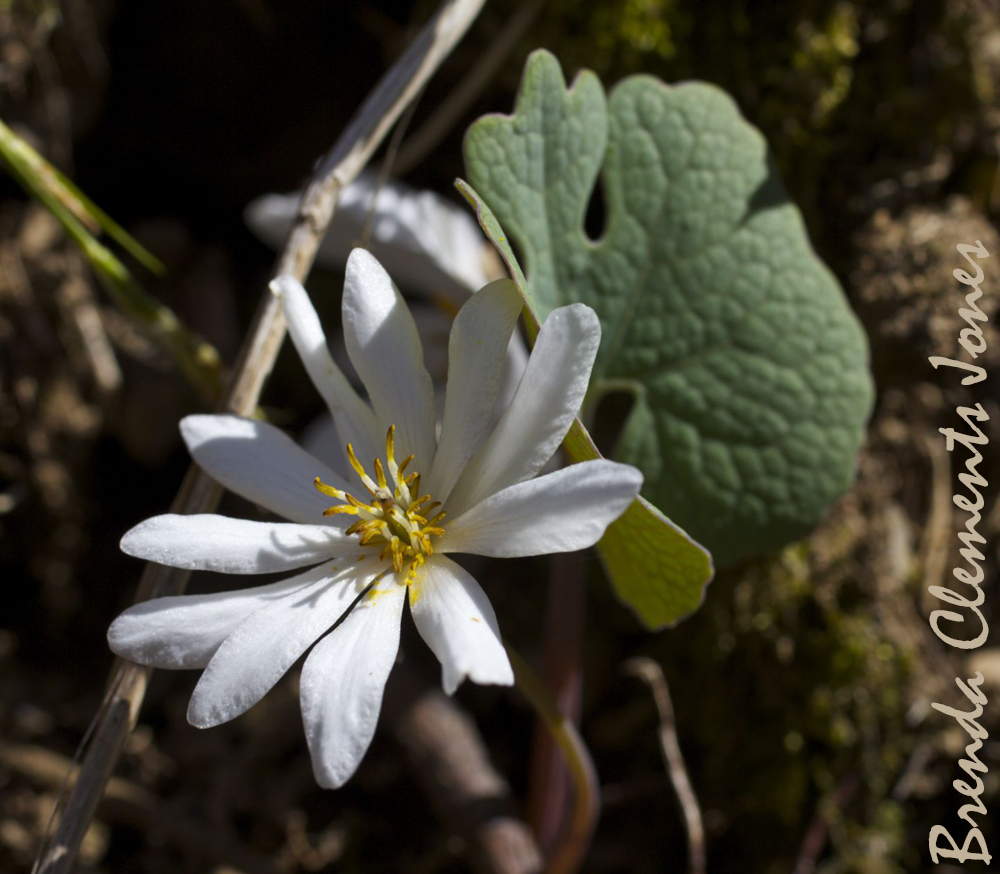
It’s hard for me to believe since I’ve still got snow on the ground, but spring is nearly here. At least meteorological spring. It arrives on March 1. The weather here is assuredly unpredictable. We’ll see what the month of March brings forth. Spring or more winter? But plants will be sprouting no matter. One…
-
Jeffersonia or Twinleaf
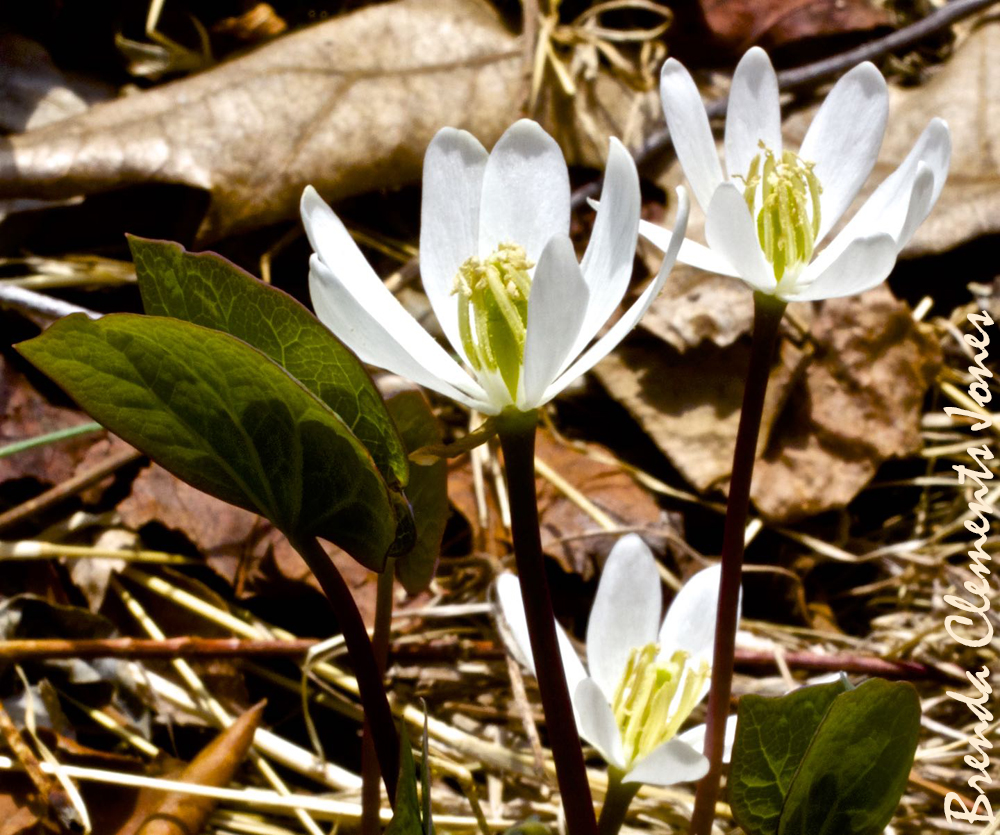
Jeffersonia (Jeffersonia diphylla). In 1792 the botanist Benjamin Smith Barton named this plant after Thomas Jefferson. In 1807 Jefferson had Jeffersonia growing in one of the oval flower beds of Monticello. I’m proud to have something in common with my neighbor Thomas. Within a matter of four weeks I’ll be searching for these little signs…
